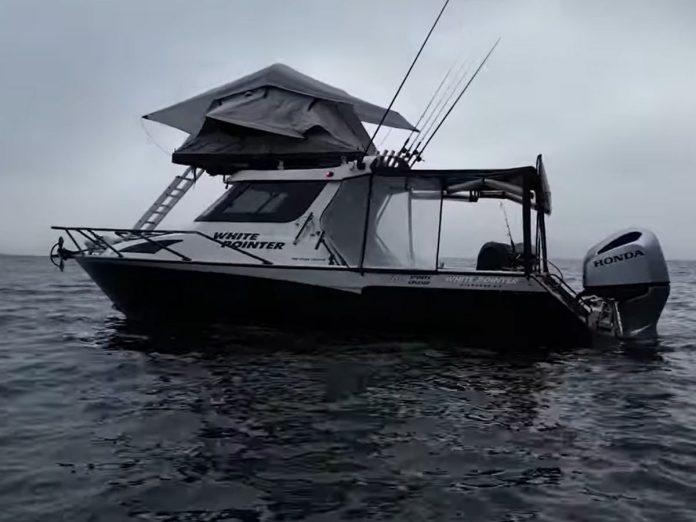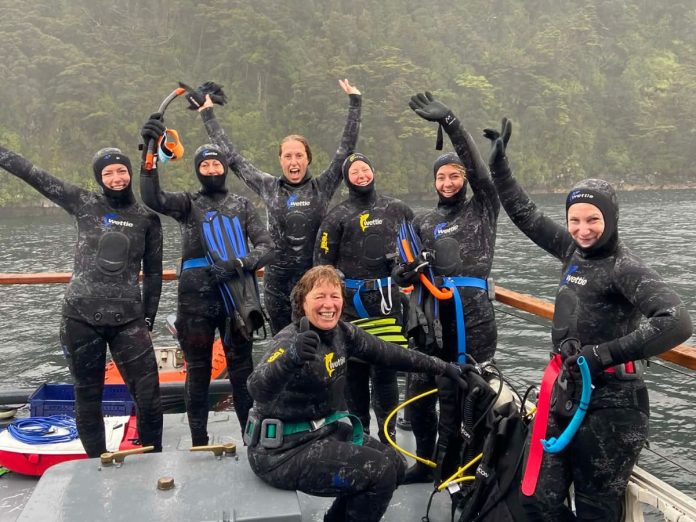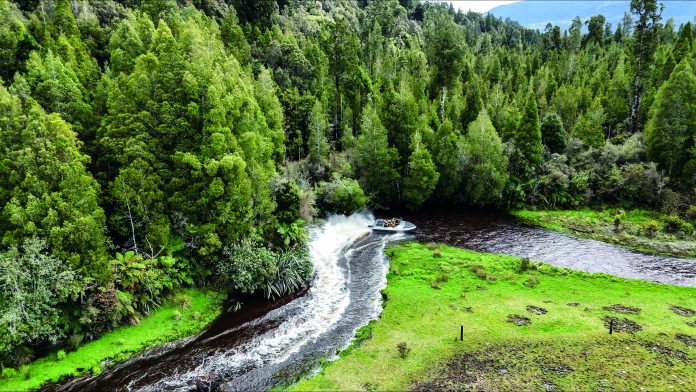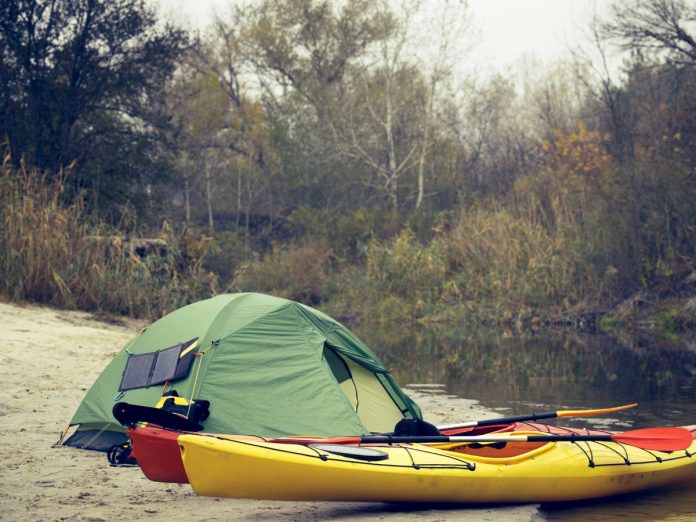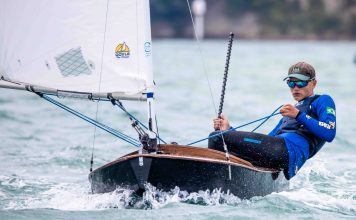Borrowed from the overlanding scene, the concept of mounting a rooftop tent on a hardtop is gaining traction on the water. It’s a clever, low-impact way to add sleeping space, extend your range, and keep deck space clear.
One popular example comes from White Pointer. Their 700SC hardtop runs with a rooftop tent mounted above the cabin. Drop the anchor, unfold the ladder, and the vessel becomes a floating hut—stable, mobile, and adventure-ready.
But the design matters. Rooftop tents for boats need to be fast to deploy, low-profile in transit, and built to handle saltwater, motion, and breeze. Standard camping gear won’t cut it. The best marine-adapted tents use a pop-up or clamshell frame, lightweight alloy or composite bases, and compress down neatly when not in use.
The Feldon Shelter Crow’s Nest is one such design, with a simple ladder-deploy system and no loose poles or pegs. Originally built for off-roaders, it’s found a second home on hardtop trailer boats, cruisers, and workboats across New Zealand. But it’s not alone.
Several global manufacturers now offer rooftop tents that suit marine use—models from iKamper, Eezi-Awn, and Darche should also be explored. The key is finding one with a firm base, corrosion-resistant fittings, and a structure that won’t flap to bits at anchor. Mounting systems matter too: most are bolted to roof racks, frames, or custom rails.
Most designs include a built-in mattress—often queen size—which saves space below deck. Ventilation panels, mozzie screens, and waterproof shells come standard. Weights vary from 50–70kg, so it pays to check your hardtop’s static load rating. Most tents support two adults, but always ensure your anchoring is secure before climbing up for the night.
Of course, rooftop camping isn’t for everyone. It’s exposed and elevated—best used in sheltered waters and good weather. You’ll need solid roof infrastructure, tidy stowage, and some anchoring confidence.
Still, for the right kind of boatie, the benefits are huge. No bookings. No soggy groundsheets. Just pull into a quiet bay, climb the ladder, and fall asleep above the waterline.
And comfort has improved. Purpose-built rooftop tents offer airflow, dryness, and decent back support. Compared to sleeping on a squab or under a damp boom tent, it’s a proper night’s rest—under stars, not canvas.
The boat rooftop tent isn’t just a passing fad. It’s a smart evolution of Kiwi boating. Whether you’re island-hopping, hunting scallops, or tucked deep in the Sounds, this setup lets you stay longer, roam further, and wake up ready.
It’s about turning your boat into a floating bach—and your hardtop into a home base.








